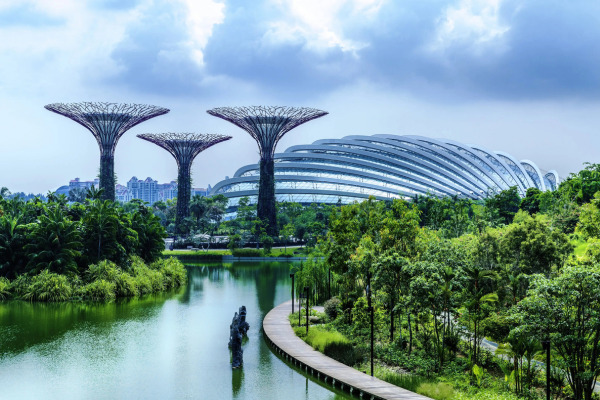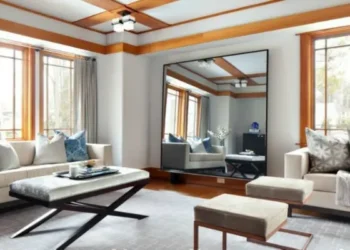The rhythm of city living generally does not slow down. If it is not the daily commute, administrative work or screen time, it is limited amounts of time in green spaces or exercising. For many reasons, the urban narrative does not offer much time or space to breathe, both literally and metaphorically. That is why homebuyers have started to look beyond location or square footage. The current search involves deeper needs for balance in one’s life that integrates urban convenience with environmental elements. Parkwest 2.0 and other new developments demonstrate this growing exploration of urban lifestyle and nature-based living that can include one another without competition.
But what does this actual balance look like today within a modern housing development?
The Shift Towards Nature-Integrated Living
People are no longer just buying a home. They’re choosing a lifestyle. And that lifestyle increasingly involves reconnecting with nature. Whether it’s waking up to tree-lined views or enjoying a cool evening stroll through landscaped gardens, green spaces are becoming non-negotiable for many.
In fact, most forward-thinking developments are now allocating significant parts of their layout to open areas. These aren’t just cosmetic add-ons. They play a fundamental role in promoting well-being. Large central parks, reflexology pathways, meditation zones, and quiet seating areas all contribute to lowering stress and encouraging a more active, mindful lifestyle.
The Importance of Location, Still Relevant, Just Redefined
No one wants to sacrifice accessibility; defining liveability in an area often depends on how close you are to your work, schools, healthcare services, and shopping. Now, buyers want it all – convenient access without compromising the peacefulness of green living. Projects like those from Shapoorji Pallonji Real Estate show us it’s possible by developing residential complexes inside the city, yet still having access to pieces of nature on the campus.
So, we are not talking about moving away from the city. We are talking about locating places within the city that allow us to still have room to breathe.
Amenities That Complement the Green Factor
Let’s talk about what’s happening inside these spaces. The old checklist of gym, pool, and car park is being replaced, or at least upgraded, with lifestyle-centric features. At Parkwest 2.0 by Shapoorji Pallonji Real Estate in Bangalore, residents benefit from a dedicated clubhouse, multipurpose sports courts, jogging and cycling tracks, and even a pet zone. These amenities do more than fill space, they’re built to promote active and healthy living.
What stands out is how these features interact with the environment. Instead of building over nature, many developments are now designing around it. The result? Shaded play zones, eco decks, water features that help in micro-cooling, and walking paths surrounded by trees and shrubs that actually make your daily walks enjoyable.
Health and Sustainability Go Hand in Hand
Here’s something that you may not think of straight away, but may well like to take advantage of: how well a project manages energy, water, and waste. A lot of developers are implementing rainwater harvesting systems, sewage treatment plants and solar lighting systems as a part of their developments. All of these elements ultimately reduce environmental impacts and save costs on maintenance for the residents.
So this is the best case scenario, not only is it better for the planet, but it is easier on your purse.
Creating a Community, Not Just a Complex
Green, well-designed open spaces also foster something else: interaction. Kids playing together, neighbours meeting during morning walks, yoga groups forming under gazebos, it’s these little moments that turn a housing complex into a real community.
And it’s not limited to just families. Singles, seniors, pet owners, everyone benefits when there’s room to connect and unwind. Developments that are designed with inclusivity in mind end up feeling more human, more lived-in.
As buildings become taller and cities become busier, the greater need for personal space and natural surroundings will become an ever important issue. But don’t worry, intentionally designed can find a way to enhance both urban and natural activities, so that you get the buzz of city living and the comfort of green living.
So what’s next? When you begin the journey to explore your next home, answer two questions: Does this home provide more than just a location? Will I be able to imagine enjoying life there, breathing deeply?














